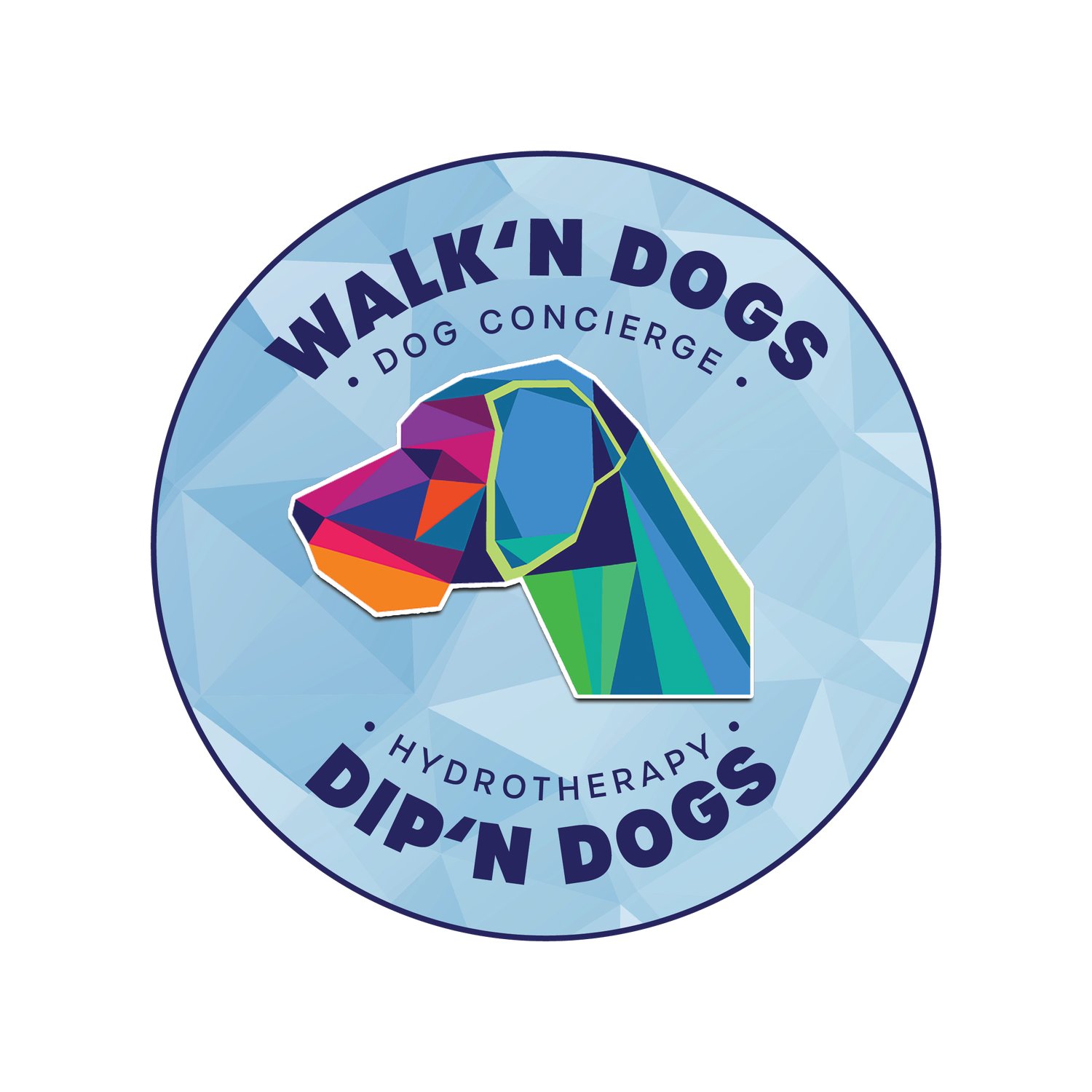IVDD in Dogs: Prevention, Treatment & Management
Intervertebral Disc Disease (IVDD) is a common and often debilitating condition in dogs, particularly in certain breeds. Understanding IVDD, its prevention, treatment options like hydrotherapy and holistic therapies, and how to manage life with an affected dog can greatly improve the quality of life for your furry friend.
What is IVDD?
IVDD is a condition where the discs between the vertebrae of the spine deteriorate or herniate, causing pain, nerve damage, and in severe cases, paralysis. There are two types of IVDD:
Type I: Sudden disc rupture, more common in young to middle-aged chondrodystrophic breeds like Dachshunds, Beagles, and Corgis.
Type II: Gradual disc degeneration, typically seen in older, large-breed dogs like German Shepherds and Labrador Retrievers.
Prevention of IVDD
While not all cases of IVDD can be prevented due to genetic factors, there are several steps you can take to reduce the risk:
1. Weight Management: Keeping your dog at a healthy weight reduces strain on the spine.
2. Proper Exercise: Regular, low-impact exercise strengthens the muscles supporting the spine. Avoid activities that involve jumping or twisting.
3. Supportive Harnesses: Use harnesses instead of collars to reduce neck strain.
4. Ergonomic Environment: Provide ramps for furniture and car access to prevent jumping.
5. Routine Veterinary Care: Regular check-ups can help detect early signs of spinal issues.
Hydrotherapy and Holistic Therapies for IVDD
Hydrotherapy and holistic treatments can play a significant role in the healing process for dogs with IVDD.
Hydrotherapy:
- Benefits: The buoyancy of water reduces stress on the spine and joints while providing resistance that helps build muscle strength. It can improve mobility, reduce pain, and enhance overall physical condition.
- Types: Options include underwater treadmills and swimming sessions, both supervised by trained professionals.
Holistic Therapies:
- Acupuncture: This ancient Chinese therapy involves inserting thin needles into specific points on the body to relieve pain and improve nerve function.
- Chiropractic Care: Adjustments by a certified veterinary chiropractor can help realign the spine and relieve pressure on nerves.
- Massage Therapy: Therapeutic massage can relax muscles, improve circulation, and reduce pain.
- Herbal Supplements and Diet: Certain herbs and dietary changes can support inflammation reduction and overall health. Always consult a vet before adding supplements to your dog's regimen.
Managing Life with a Dog That Has IVDD
Caring for a dog with IVDD requires adjustments to ensure they live a comfortable and fulfilling life.
1. Mobility Aids:
- Wheelchairs: For dogs with severe hind limb paralysis, a custom-fitted wheelchair can restore mobility.
- Slings and Harnesses: These can assist in supporting your dog during walks and bathroom breaks.
2. Home Environment:
- Non-Slip Flooring: Helps prevent falls and further injury.
- Comfortable Bedding: Orthopedic beds can provide additional support for the spine.
3. Regular Exercise:
- Controlled Activity: Short, frequent walks and gentle play help maintain muscle tone without overexertion.
- Physical Therapy: Exercises prescribed by a veterinary rehabilitation specialist can aid recovery.
4. Pain Management:
- Medications: Anti-inflammatory drugs and pain relievers prescribed by your vet can help manage discomfort.
- Regular Vet Visits: Ongoing veterinary care is crucial to monitor progress and adjust treatment plans.
5. Emotional Support:
- Patience and Love: Dogs with IVDD may become frustrated or depressed. Positive reinforcement, patience, and a loving environment can significantly improve their emotional well-being.
- Interactive Toys and Enrichment: Mental stimulation is important, especially if physical activity is limited.
Conclusion
IVDD in dogs is a challenging condition, but with proper prevention, innovative treatments like hydrotherapy and holistic therapies, and dedicated management, many dogs can lead happy, active lives. Understanding the condition and being proactive in your dog’s care can make all the difference in their recovery and quality of life. Always consult with your veterinarian to tailor a care plan specific to your dog's needs.

